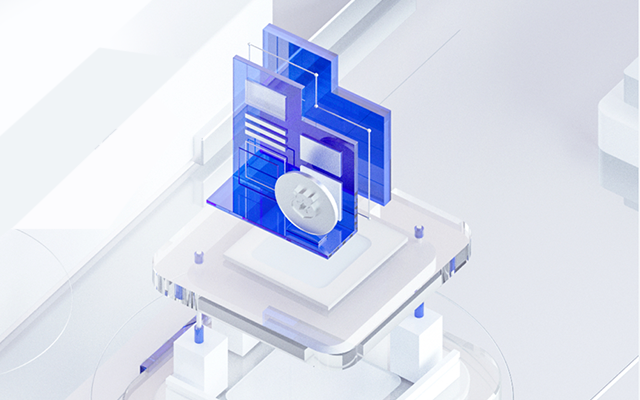阿里雲內容分發網絡(Alibaba Cloud CDN)。無論您的業務是面向全球用戶的電商平台、新聞媒體、遊戲下載,還是企業官網,CDN都能顯著降低延遲、提高載入速度、節省源站頻寬並增強安全性。本教學將手把手指導您如何在阿里雲國際站完成CDN服務的開通與基礎設定。
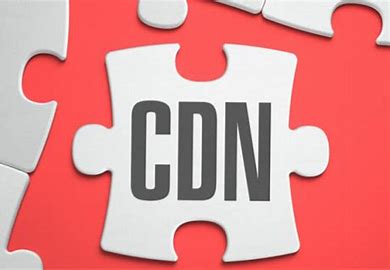
檔案傳輸協定(FTP)作為傳統的網路檔案共享方式,至今仍在許多應用場景中發揮重要作用。本文將詳細介紹如何在Linux環境下部署安全可靠的FTP檔案服務,採用業界廣泛認可的vsftpd服務軟體,幫助您快速建構高效能的檔案傳輸平台。
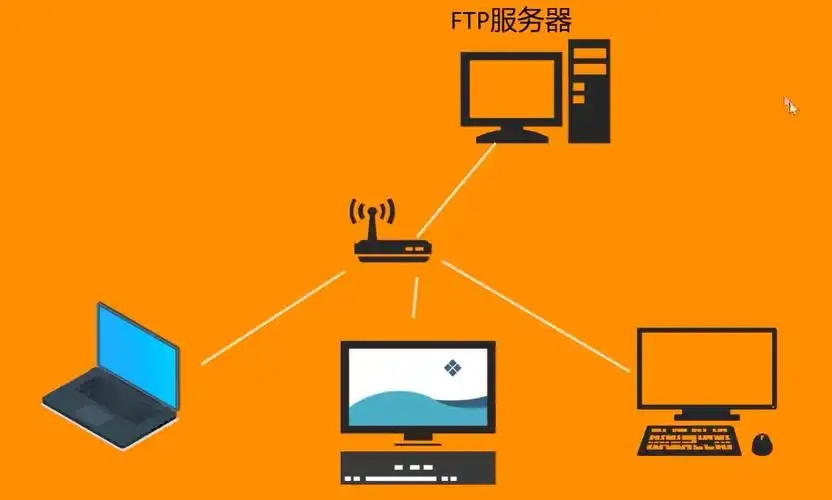
在數位化浪潮中,一個高效穩定的網站如同企業的「數位門面」。當我們談及自主建站,WordPress憑藉其41%的全球市佔率,始終是開發者的首選方案。但隨著雲端技術演進,「如何在雲伺服器實現企業級WordPress部署」已成為值得深究的課題。

在全球化數位浪潮加速演進的今天,雲端計算服務已成為跨國企業和全球開發者構建數位化業務的核心基礎設施。作為亞太地區領先的雲端服務提供商,阿里雲國際站(Alibaba Cloud International)透過遍佈全球的資料中心和豐富的雲端產品矩陣,為來自200多個國家和地區的企業及開發者提供穩定可靠的雲端服務。
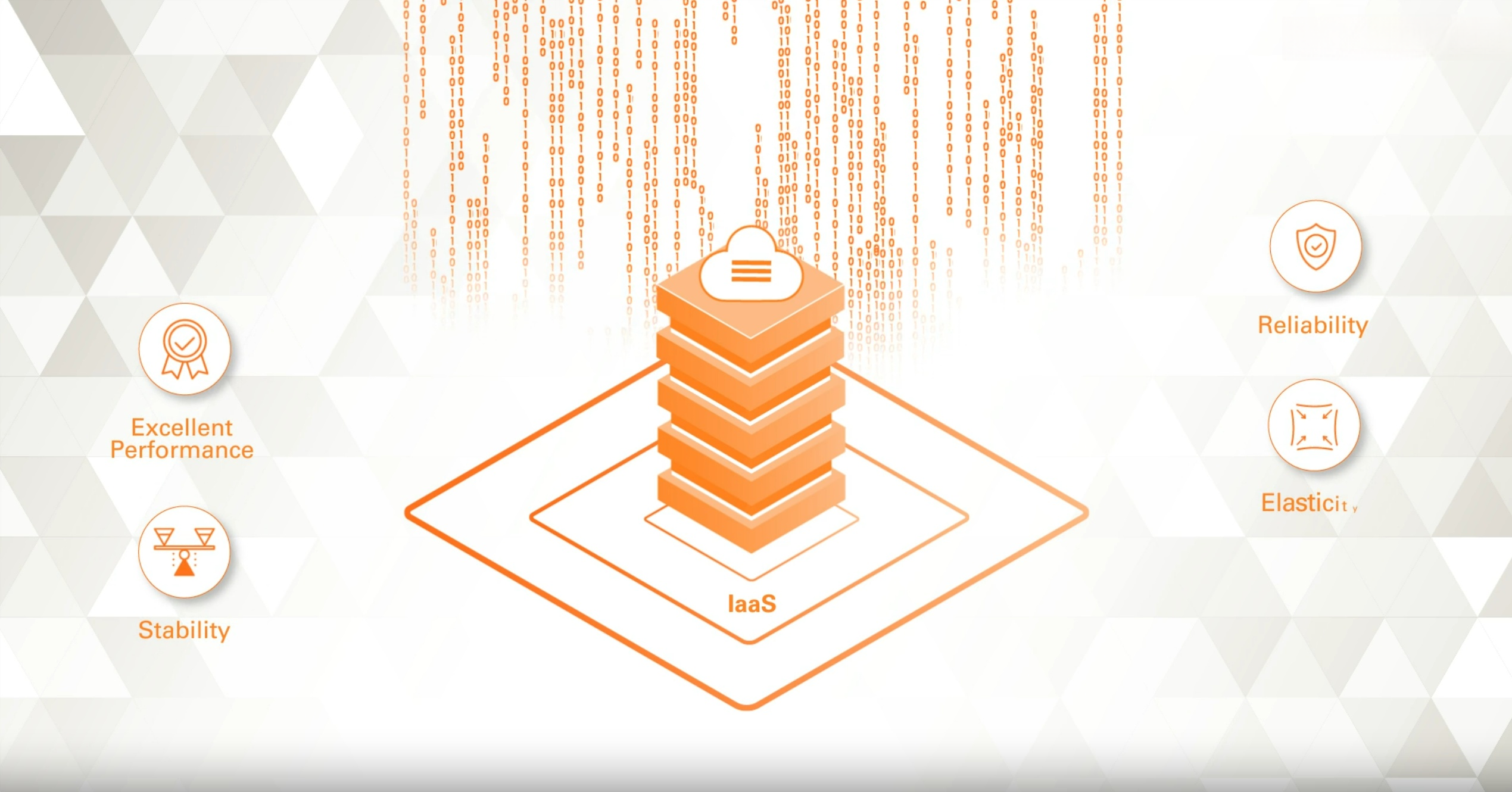
Learn how AI agents integrate with cloud computing using Alibaba Cloud. This blog covers the basics, real-world use cases, and simple steps for building.
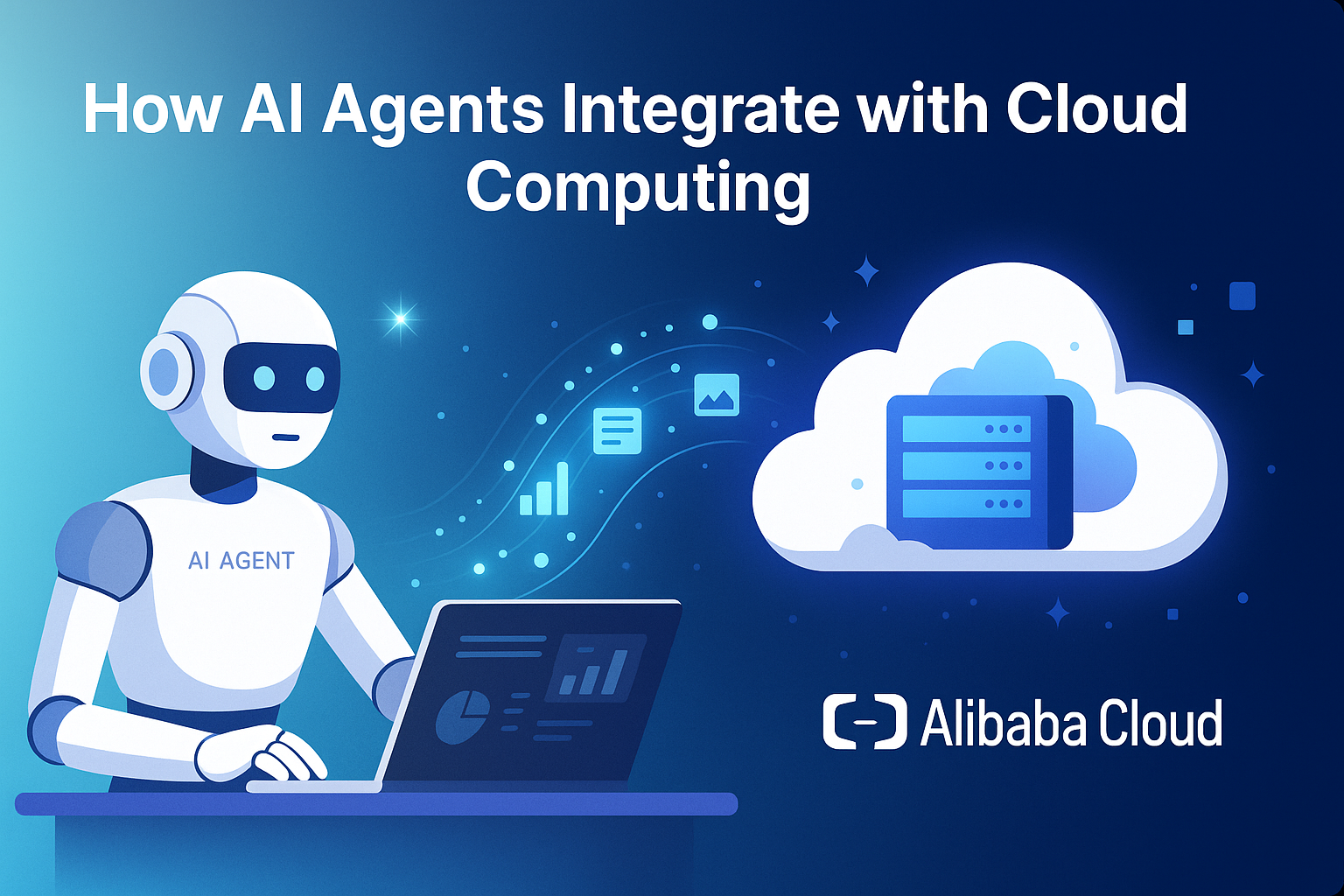
Learn how to build and launch AI-powered products using Deepseek and Alibaba Cloud. This guide walks you through setup, integration, storage, security, and scaling—no advanced tech skills needed.
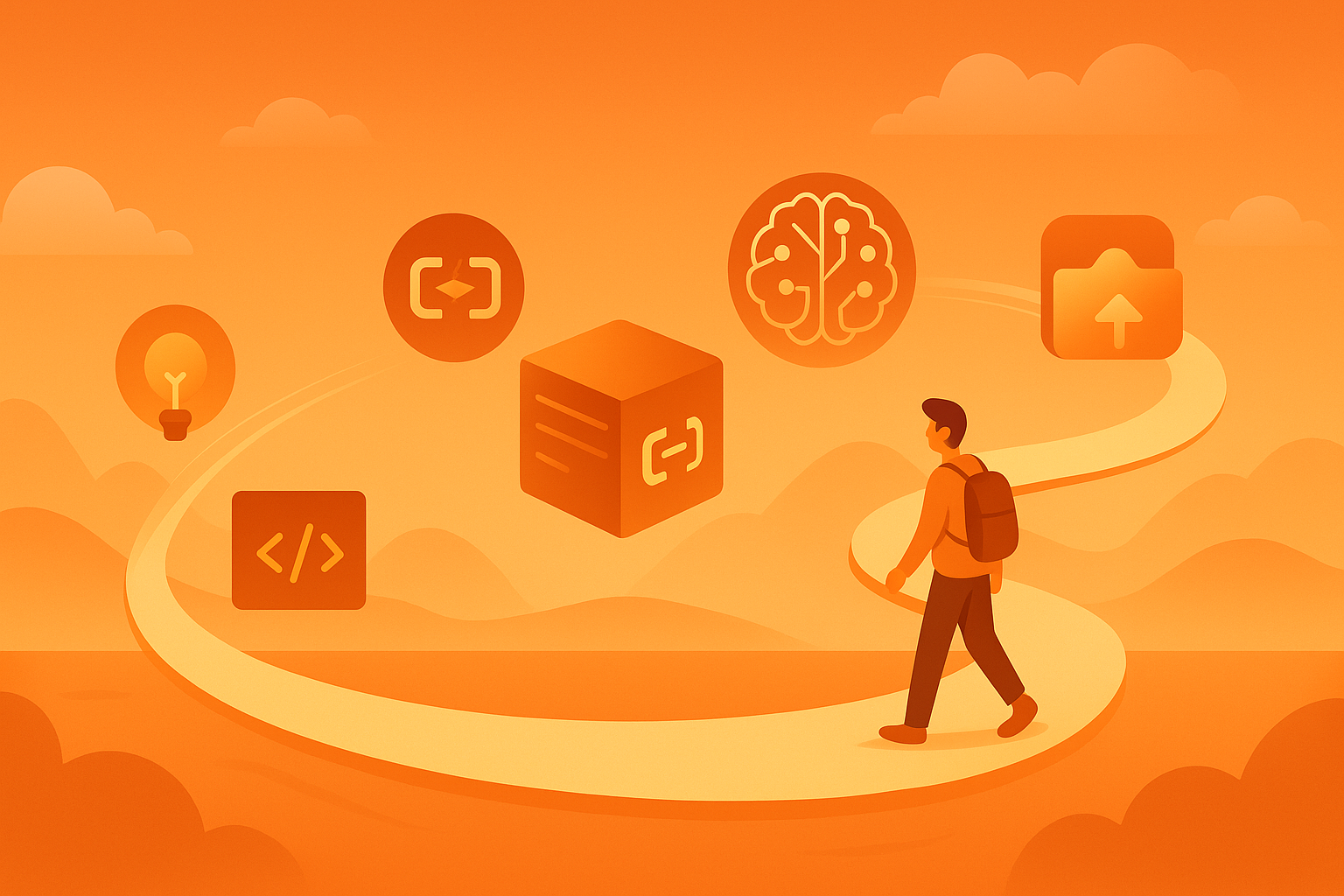
This blog highlights the rise of cloud computing, Alibaba Cloud’s support for over 12,000 companies, and why cloud services are vital for future business success.
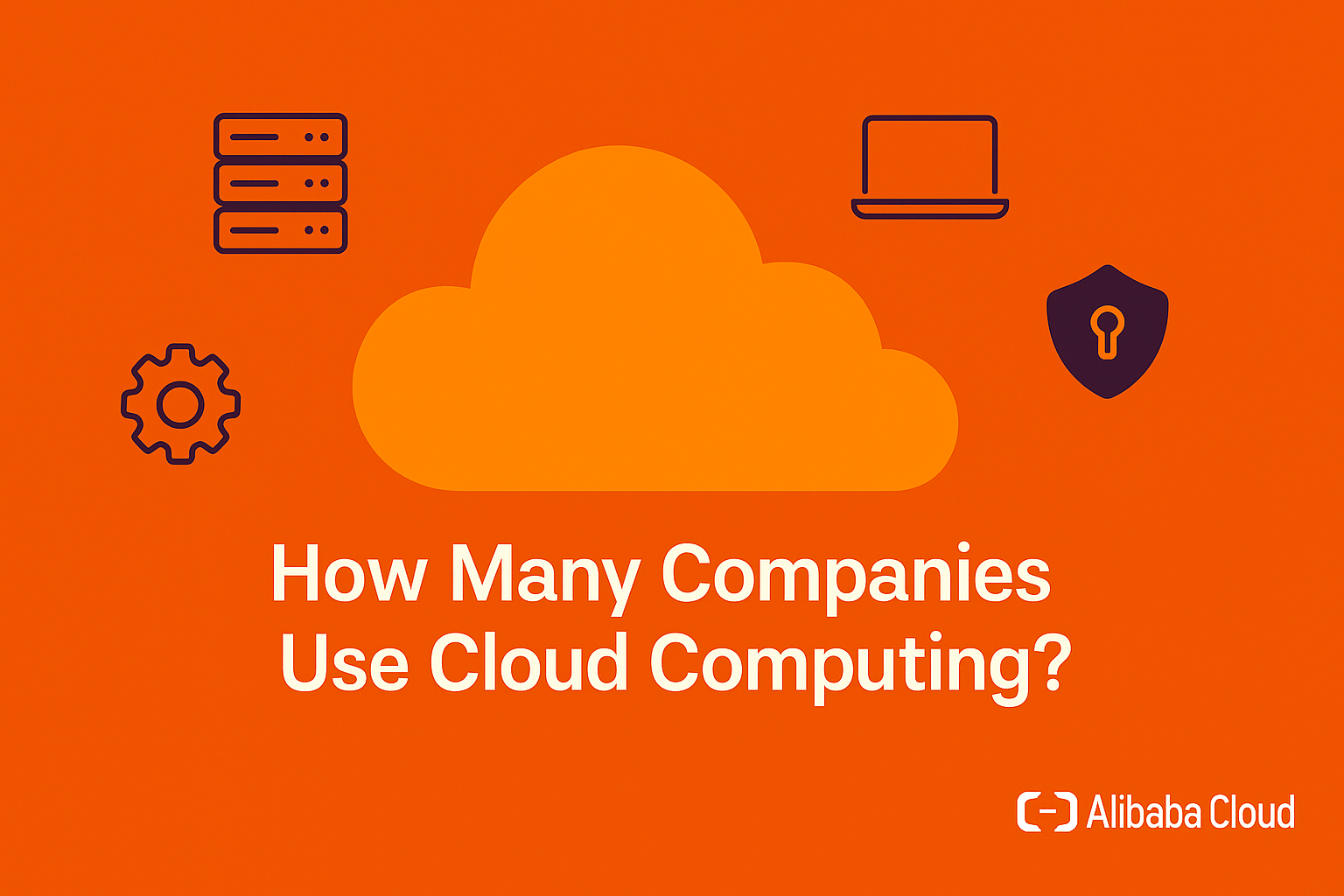
What is Cloud Storage? Cloud storage is like having a virtual hard drive on the internet. Instead of saving your files on your computer or an externa.

The article introduces iLogtail's practical cases of building log query services by UC Engineer, as well as its advantages and feasibility of replacing Logstash with iLogtail.

This article explains how Tablestore uses its vector retrieval service to meet the needs of large-scale data retrieval, especially in terms of cost, scale, and recall rate.

This article provides a detailed introduction to the high-cardinality GroupBy query acceleration technology in SLS.

The article introduces the Alibaba Cloud Drive, a well-managed AI-powered service for storing, managing, and sharing data, with a focus on its features, benefits, and capabilities.

This article introduces the new high-performance SPL log query mode launched by SLS, which supports the Unix-style cascade pipeline syntax and various SQL processing functions.

This article discusses the comparison of using the new data transformation language SPL versus the old data transformation language DSL in different data processing requirements.

Tạo tài khoản RAM, lấy AK/SK để sử dụng SDK truy cập bucket, đảm bảo bảo mật, phân quyền tối thiểu.

This article describes how to detect a threat using Alibaba Cloud SLS.

OSS là một dịch vụ lưu trữ được cung cấp bởi Alibaba Cloud, xếp vào loại serverless storage, nghĩa là người dùng chỉ cần quan tâm đến việc lưu trữ fil.

This article introduces the iLogtail 2.0 log processing solution and its new SPL processing mode, comparing its features and advantages over the popular Logstash tool.

This article introduces how to use Kibana to connect to the SLS ES-compatible API for query and analysis.
